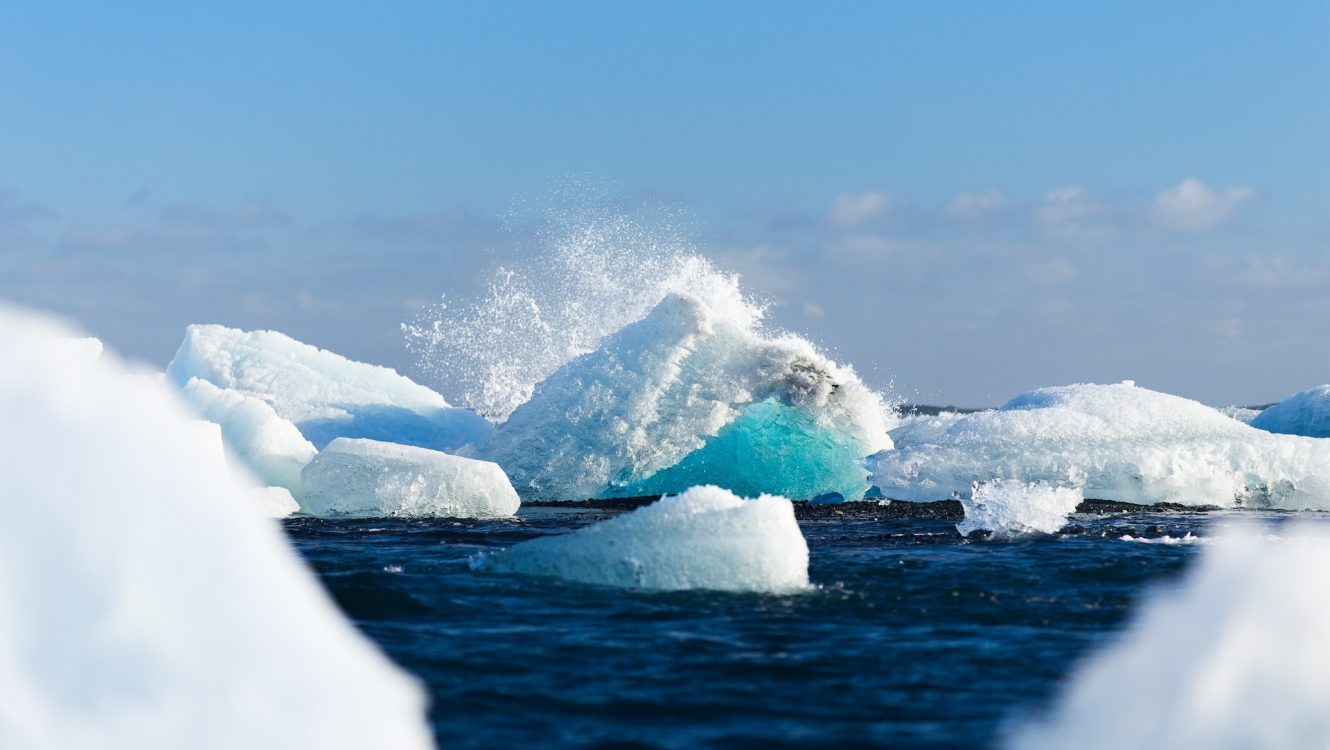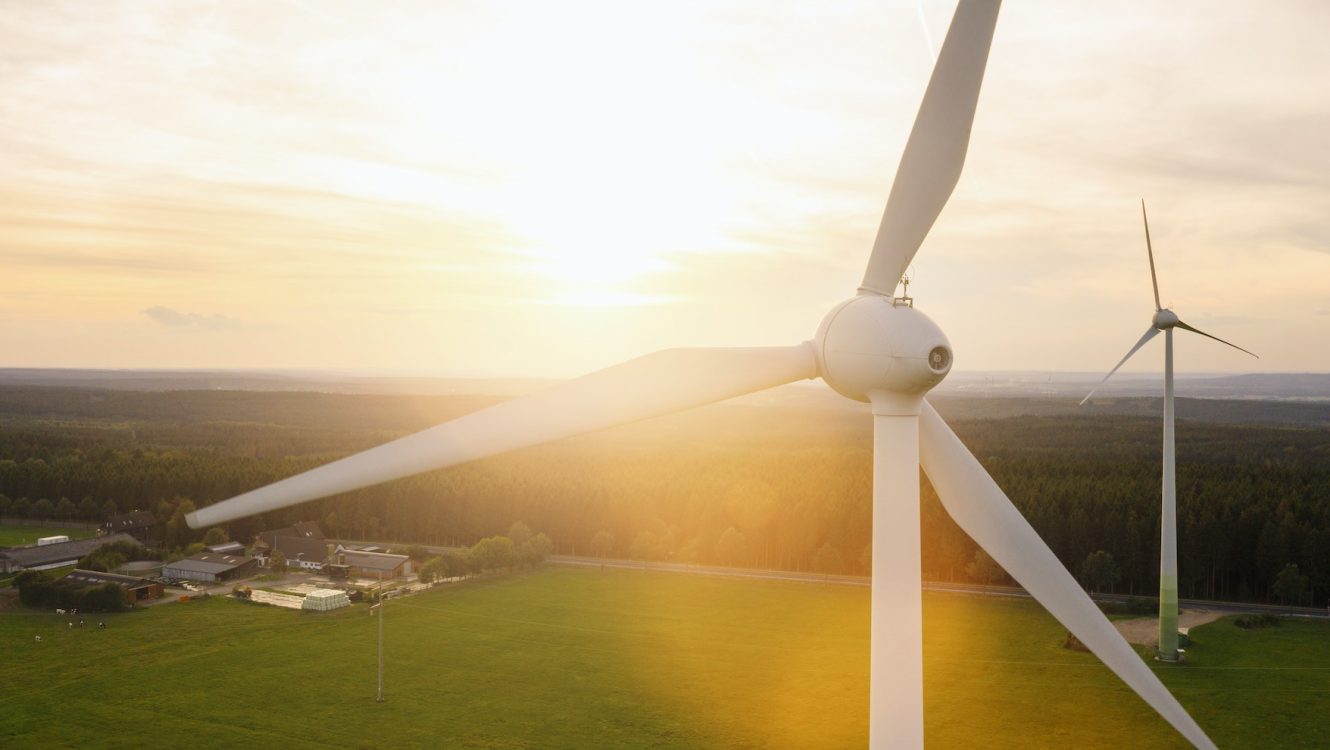Redefining Farming: The Intersection of Sustainability and Food Security
In the picturesque landscapes of Normandy, North of France, an agricultural revolution is brewing. This revolution is not characterized by massive machines or high-tech gadgets but by a subtle shift back to nature. As Europe grapples with the threats of climate change, loss of biodiversity, and pollution, the roadmap to green farming provides not just hope but tangible results.
Farming in Transition
Our modern agricultural techniques, while impressive in their yields, have come at a steep cost: depleted soils, dwindling biodiversity, and alarming levels of water, air, and soil pollution. In Normandy, where the fields are often blanketed in mists and drenched by frequent rains, the excessive use of chemical pesticides, herbicides, and fertilizers has raised significant concerns.
But there’s a shift happening. Farmers like Emmanuel Drique, once a proponent of intensive farming, have now adopted agroecology. “Traditionally, we grow wheat after flax, but I grow rapeseed. It’s a plant that captures nitrogen in the autumn, preventing it from leaking into the water table. This way, I recover nitrogen for my rapeseed, reducing my reliance on chemical nitrogen. It’s truly a win-win,” shares Drique.
Nature at the Heart of Policies
With the European Union setting a lofty goal of cutting pesticide use in half by 2030, farmers across the continent are under pressure to adapt. And this isn’t just a directive from the top; it’s a survival imperative.
Bertrand Omon, an agronomist, emphasizes the urgent need for transition: “The economic demonstration we’ve been conducting over the past decade shows that while some farmers aren’t losing money, they aren’t gaining any either, leading to hesitancy in making the change. However, the reality is that the current way of production is untenable in the long run.”
Christian Huyghe, another agronomist, highlights the importance of biodiversity in enhancing resilience against pests and diseases. “If you have more biological regulation, you’ll need fewer pesticides because you’ll have more natural protection,” Huyghe explains.
Ecosystem Services: Nature’s Bounty
It’s no abstract concept. In the verdant stretches of Ferme du Bec Hellouin, Charles Hervé-Gruyer, a pioneer in French permaculture, showcases the sheer power of harmonious coexistence with nature.
“Nature provides a multitude of free services that we often take for granted. From fertility creation and pollination to disease regulation, these are nature’s gifts,” Hervé-Gruyer elaborates. His organic farm, inspired by nature’s complexity, produces a staggering 55 euros worth of vegetables per square metre, all cultivated manually. That’s a whopping ten times more productive than conventional organic farming with machinery!
Yet, while farms like Hervé-Gruyer’s offer a beacon of hope, the reality is grim. Over half of Europe’s land is in a deteriorated state, prompting the proposal of a European law on soil monitoring.
Journey to the North: A Baltic Challenge
Shifting our gaze to Northern Europe, the challenges (and solutions) take on a different hue. The Baltic Sea, one of the most polluted seas globally, is choking on nitrogen and phosphorus runoff primarily from agriculture and forestry.

Saara Kankaanrinta, co-founder of the Baltic Sea Action Group, and Ilkka Herlin, both actively working towards rejuvenating the damaged lands, underscore the importance of reviving the soil. “To prevent nutrient runoffs, we need proper soil structure, which essentially means more carbon in the soil, restoring ecosystems to their former glory,” Herlin explains.
Regenerative farmer, Tuomas Mattila, adds, “When soil health deteriorates, nutrient loss escalates. For farming to be sustainable, the nutrients should benefit the crops, not run off.”
Besides, healthy soil does more than just support plant growth. The rich life it houses underground directly impacts the amount of carbon in the atmosphere, playing a pivotal role in climate regulation.
The Road Ahead
The journey towards green farming is filled with challenges and naysayers. However, as farmers like Drique and pioneers like Hervé-Gruyer show, it is not just possible but essential. With the European Union’s legislative push and the groundswell of support from agronomists, farmers, and environmentalists, the future of farming in Europe looks promising. The seeds of change have been sown; it’s now up to us to ensure they flourish.
©globalgreenhouse.eu























